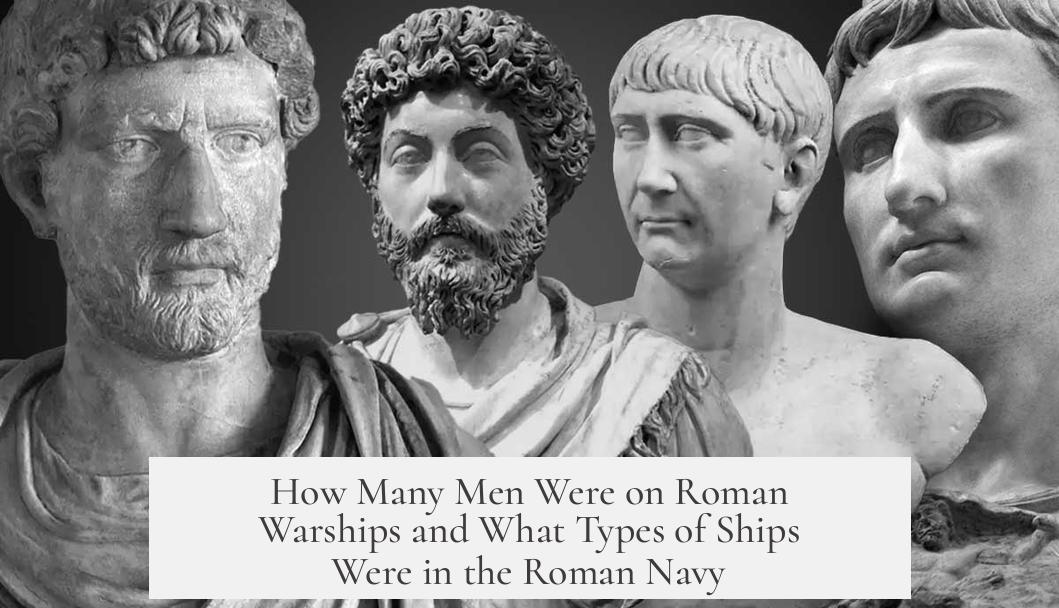A Roman warship’s capacity varied by type, with a quinquireme holding about 420 men, including 300 oarsmen, 40 fighters, and 80 legionnaires. The Roman navy mainly used quinquiremes and triremes, along with lighter vessels like Liburnian galleys, each designed for different tactical roles.
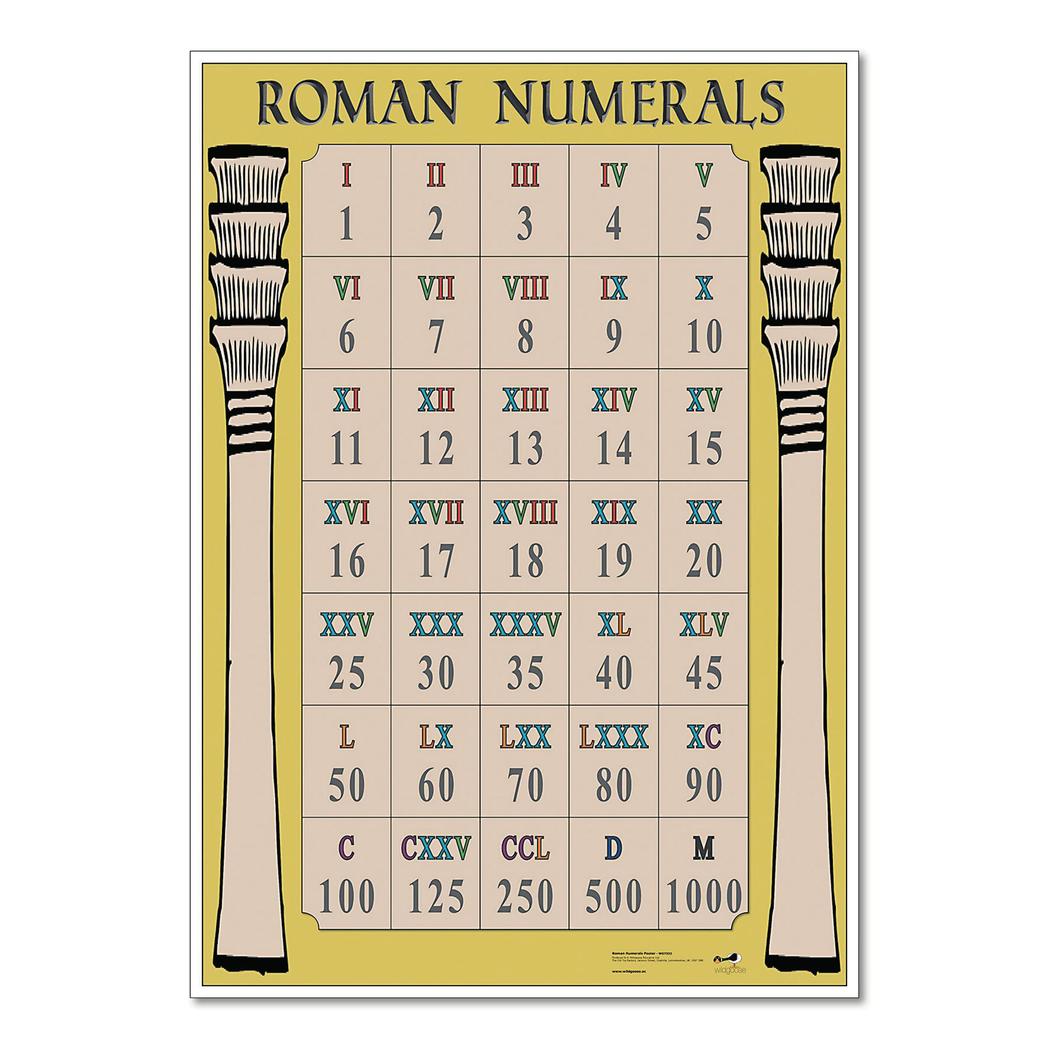
Quinquiremes were the dominant warships in the Roman fleet. Each quinquireme carried roughly 420 crew members. This included 300 rowers who powered the three banks of oars, 40 specialized fighters, 80 legionnaires ready for boarding actions, and additional officers. These large ships balanced rowing power with combat capacity. This setup allowed quinquiremes to maneuver and fight effectively in naval battles.
Before quinquiremes, the Romans deployed triremes. These smaller vessels had a rowing crew of about 170, distributed over three banks of oars. The fighting crew on triremes is less certain, but it might have included about 40 men. Triremes served as Rome’s initial step into naval warfare around 311 B.C., but their performance was poor compared to other fleets.

Romans later adapted the quinquireme design from Carthaginians, their main naval rivals. The Carthaginians had lighter, more nimble ships, but the Romans innovated with the corvus, a boarding ramp. This device allowed Roman legionnaires to board enemy ships and fight hand-to-hand. Adding the corvus changed the ship’s center of gravity and increased its weight, making stability a concern. Romans modified the quinquireme structure accordingly to prevent capsizing.
Besides quinquiremes and triremes, Romans operated lighter warships like the Liburnian galleys. These galleys were a type of light bireme. Octavian’s fleet used these vessels which carried few or no marines and likely lacked rams. Their main offensive arsenal was missiles, probably reflecting a role focused more on speed and harassment rather than direct boarding combat.
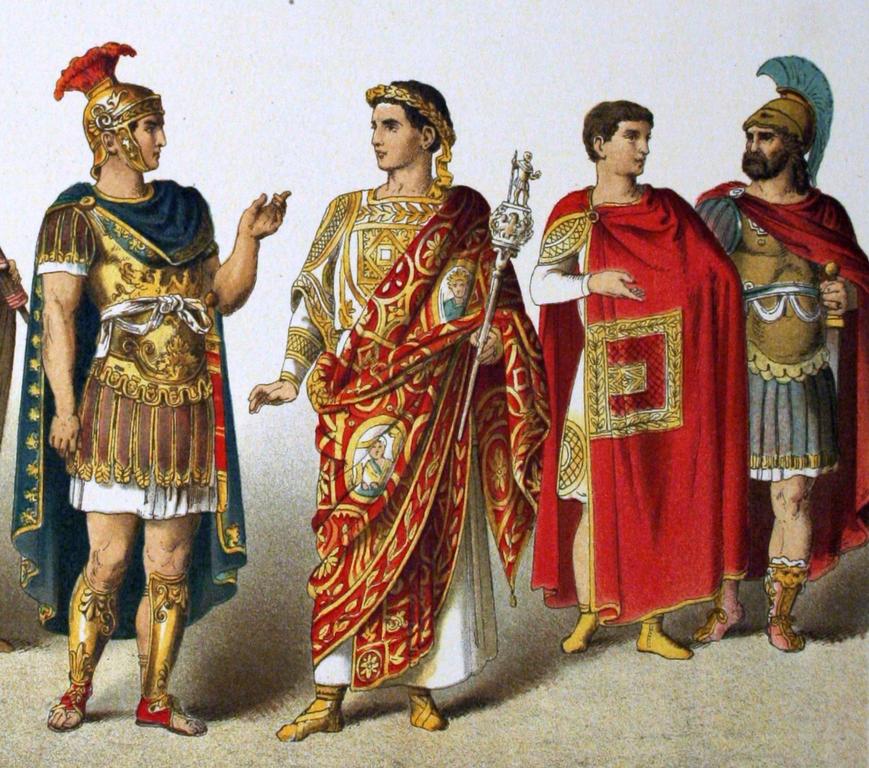
| Type of Warship | Crew Size | Role & Features |
|---|---|---|
| Quinquireme | ~420 (300 oarsmen, 40 fighters, 80 legionnaires) | Heavy warship, corvus boarding ramp, balanced rowing and combat |
| Trireme | ~210 (170 oarsmen, est. 40 fighters) | Light, faster, early naval warfare attempt, less combat focus |
| Liburnian Galley | Variable; likely small crew, few marines | Light bireme, missile-focused, no ram, fast and agile |
The organization of the Roman navy differed strongly from the Roman army. The fleet was less standardized and more variable in crew composition, ship models, and recruitment methods. Unlike the strict laws and uniform recruitment of the army, the navy’s flexibility allowed it to adapt diverse ships and crews according to need and availability. This variability influenced how the Romans managed naval operations.
To summarize key points:
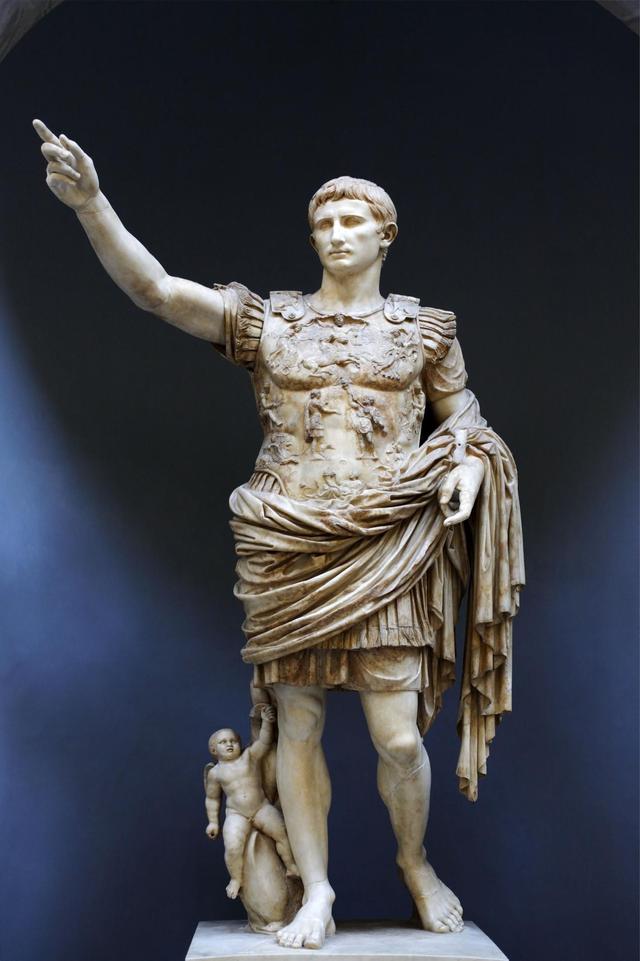
- Quinquiremes were the largest Roman warships, holding about 420 men.
- Triremes were smaller, with around 210 men, and were earlier naval vessels.
- Romans adapted Carthaginian quinquiremes adding the corvus boarding device.
- Light Liburnian galleys emphasized speed and missile attack over boarding.
- The Roman navy was diverse and non-standardized, unlike the consistent army system.
How Many Men Could Fit on a Roman Warship? Exploring the Ships of the Roman Navy
So, exactly how many soldiers and sailors could the mighty Roman warships carry? The answer varies depending on the type of warship—but the Roman quinquireme, the heavyweight champion of their fleet, could fit just over 420 men. Yes, these were not your everyday dinghies; these were densely packed floating battle fortresses used to dominate seas during the Republic and Empire.

Let’s dive into the fascinating details of Roman warship crew sizes and the varieties of vessels they operated. Think of it as a naval lineup from ancient Rome’s maritime hits and misses.
The Quinquireme: The Roman Navy’s Heavy Hitter
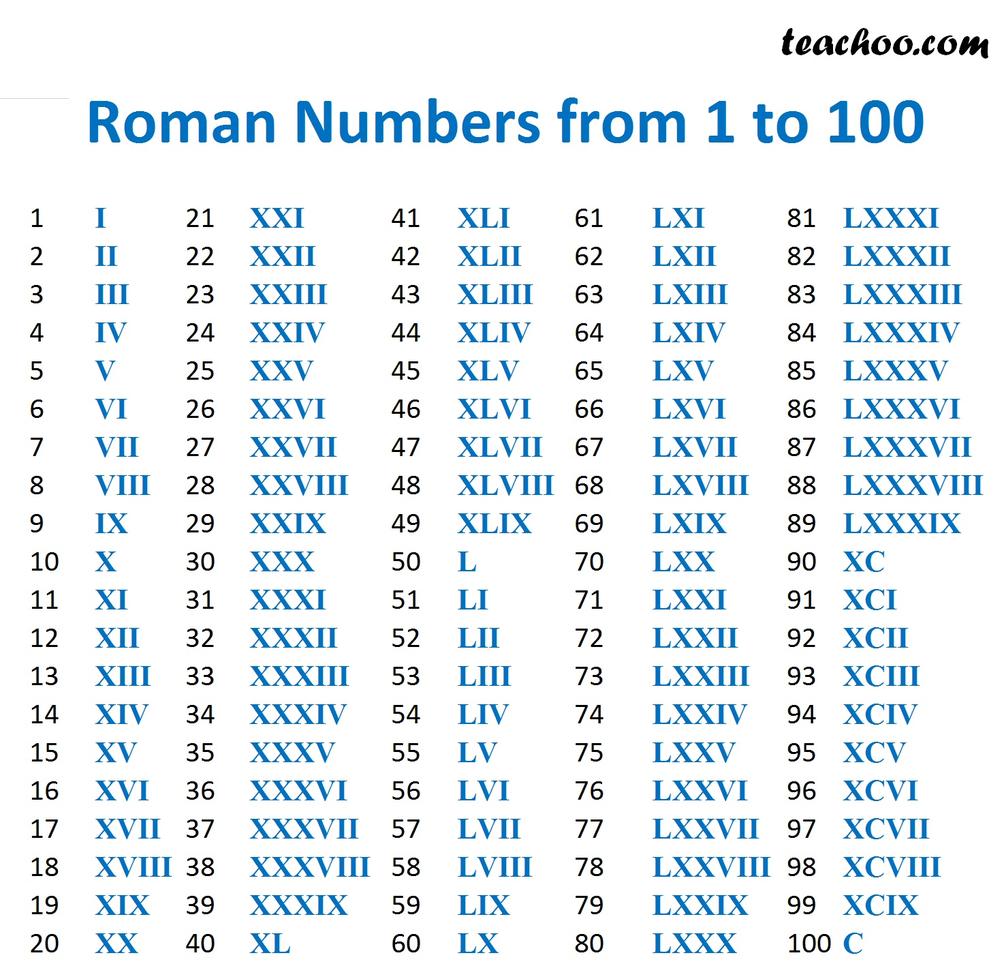
When discussing crew capacity, the quinquireme stands as the flagship example. These vessels housed a complex complement:
- 300 oarsmen powering the ship forward with brute rowing force.
- 40 fighting men trained to defend and assault during naval engagements.
- 80 legionnaires ready to board enemy ships and fight hand-to-hand.
- Various officers and specialists rounding out the crew.
Put those together and you get around 420 souls packed tightly aboard one quinquireme. Imagine steering all those lives on a wooden vessel bobbing in uncertain waves!

Why did they need so many men? The answer lies in their battle tactics and mechanical requirements. Those 300 oarsmen ensured speed and maneuverability—essential to ram opponents or deploy the infamous “corvus,” a boarding ramp.
The Trireme: Rome’s First Naval Attempt (and Not a Pretty One)
Before quinquiremes came the trireme, which featured:
- A rowing crew of about 170.
- A presumed fighting contingent of roughly 40 men.
Unfortunately for Rome, triremes were considered a naval flop around 311 BC. They lacked the muscle and structure for their combat needs. Specific details about their fighting crews and use of corvus remain uncertain. Perhaps this early model was more of a training boat than a war machine.
Other Warships in the Roman Arsenal: Light Biremes and Liburnian Galleys
Not all Roman warships were giant quinquiremes or modest triremes. The Romans also deployed smaller, faster vessels like Octavian’s Liburnian galleys:
- These were light biremes, featuring two rows of oars instead of three or five.
- They did not carry large marine contingents.
- They may have lacked the heavy rams essential for close combat.
- Likely relied entirely on missiles such as arrows or javelins for engagement.
This suggests a Roman preference for versatility: lighter ships for scouting, quick strikes, or supporting roles rather than direct boarding actions. Interesting contrast to their larger battle barges packed with legionnaires.
The Adaptation: Borrowing and Improving on Carthaginian Designs
Rome’s naval journey wasn’t without inspired copying. Their quinquireme design springs from Carthaginian models, but with twists:
“The Romans added the corvus—a boarding ramp designed to lock onto enemy vessels, allowing legionnaires to swarm across and capture them.”
However, this useful contraption presented a challenge: it increased weight and shifted the ship’s center of gravity, risking capsizing. The Romans had to tweak the ship’s structure to stabilize it. This is a classic example of evolutionary engineering, adapting enemy tech for their combat style.
Not just lift and shift; it required balancing maneuverability with extra weight—a tricky feat on wooden warships.
The Roman Fleet: Diversity and Flexibility over Standardization
Unlike the tightly regulated Roman legions, the fleet had loosely defined recruitment and organization. There were no uniform rules dictating crew sizes or ship design across the board. This variability led to a broad mixture of vessel types, sizes, and crew complements throughout history.
In other words: don’t expect every warship to look and feel the same. The Roman navy was more a patchwork quilt of different ships tailored for specific battles, oceans, and enemy tactics.
Why Does Knowing Crew Size and Ship Type Matter?
Understanding these details reveals how Romans exercised control over the seas. More crew meant power and rowing speed but required more supplies, space, and coordination. The shift from triremes to quinquiremes marked a critical leap in naval warfare, showing Rome’s adaptive tactics.
Have you ever imagined what it would feel like crammed among 419 other men, listening to the grunt of rowing, the clang of swords, and the splash of waves? These ships were epic stages for bravery and brutality mixed.
If you enjoy exploring history through numbers and naval innovations, the Roman fleet is a treasure trove. Maybe next time you watch a movie about Roman battles, you’ll picture those rowers powering the ship, legionnaires ready to board, and commanders barking orders from the deck.
In Summary:
| Ship Type | Oarsmen | Fighting Crew | Total Crew | Notes |
|---|---|---|---|---|
| Quinquireme | 300 | 120 (40 fighters + 80 legionnaires) | ~420 | Carried corvus, adapted for stability |
| Trireme | 170 | ~40 (uncertain) | ~210? | Early Roman naval attempt, less successful |
| Liburnian Bireme | Varied, smaller | Few marines | Lower than quinquireme | Likely missile-reliant, little to no ram |
In conclusion, Roman warships were more than just floating platforms; they were intricate assemblies of men, machinery, and innovation tailored for maritime supremacy. Whether packed with over 400 personnel or nimble with just a few dozen, these ships shaped the destiny of ancient Mediterranean warfare.

